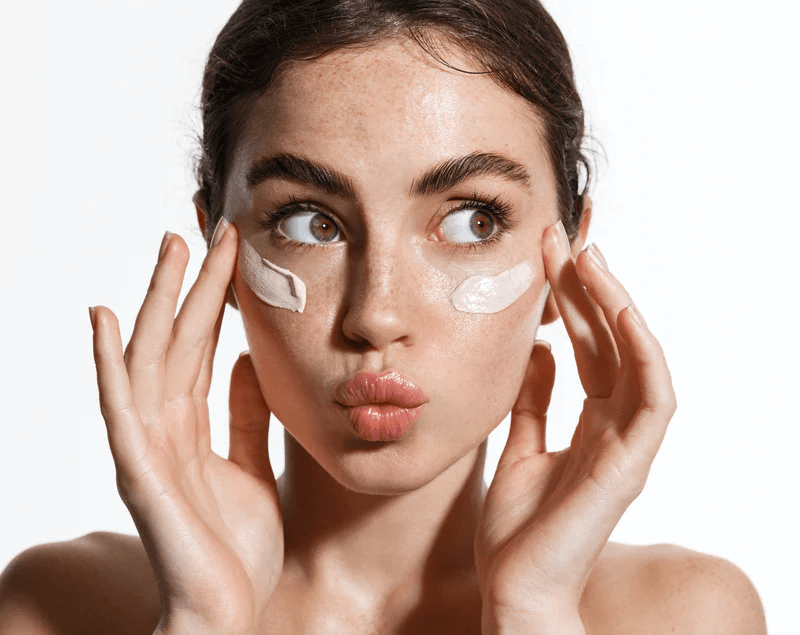
Everyone dreams of having soft, radiant, and healthy skin. Yet, with so many products and conflicting skincare advice online, it can be confusing to know where to begin. The truth is, glowing skin isn’t only about using expensive creams or following the latest social media trend — it’s about understanding your skin’s needs and building a consistent, balanced routine that supports its natural functions. Whether you have dry, oily, sensitive, or combination skin, learning how to care for it correctly can make all the difference.
In this article, we’ll explore some of the best skincare tips that can help you maintain a healthy complexion all year round — from daily habits to choosing the right formulations for your skin type.

Before trying any new product or routine, take a step back and determine what kind of skin you have. Understanding your skin type is the foundation of effective skincare.
Once you know your skin type, choosing products becomes much simpler and more effective.

A consistent routine doesn’t have to be complicated. Focus on the basics first — cleanse, treat, moisturize, and protect.
A morning routine might focus on protection and hydration, while an evening routine should emphasize cleansing and repair.
Your skin reflects your lifestyle. Skincare products can help, but daily habits play a much larger role in maintaining long-term skin health.
These habits support not only your overall health but also your skin’s natural microbiome — the delicate balance of good bacteria that protect your skin barrier.
Even with good intentions, many people unintentionally harm their skin by overdoing certain steps.
Here are some common mistakes to avoid:
Sometimes, less is more. A simple routine with effective ingredients works better than layering multiple incompatible products.
Each ingredient serves a specific purpose — knowing what to look for will help you make smarter choices.
Here are a few examples:
Before introducing a new product, patch-test it first and introduce one active ingredient at a time.

If you’re serious about improving your skin, consider getting personalized advice or even creating custom skincare solutions. Many skincare manufacturers now offer tailor-made formulations for different skin concerns — from anti-aging and brightening to sensitive-skin repair.
Working with a professional OEM skincare manufacturer allows brands (and even small businesses) to develop products that match specific market needs or ingredient preferences, such as organic, vegan, or microbiome-friendly formulas.
This approach ensures every product is both effective and safe, backed by science and careful testing.
Skincare is not about perfection — it’s about consistency and understanding. Listen to your skin, make gradual improvements, and focus on maintaining a healthy lifestyle. Over time, your skin will naturally reward you with a smoother, more radiant glow.
Remember: healthy skin doesn’t happen overnight, but with patience, good habits, and the right guidance, you can achieve lasting results.
Xiran Skincare is a professional skincare manufacturer and OEM service provider based in China, specializing in high-quality formulations for both face and body care. We combine natural ingredients with advanced cosmetic science to help brands develop their own private label skincare lines — from formulation design to packaging and global export.
Whether you’re a startup looking to launch your first product or an established brand expanding your portfolio, Xiran Skincare provides full-service manufacturing solutions tailored to your brand’s identity and market goals. Our mission is to empower beauty brands with safe, effective, and innovative skincare products trusted by consumers worldwide.

